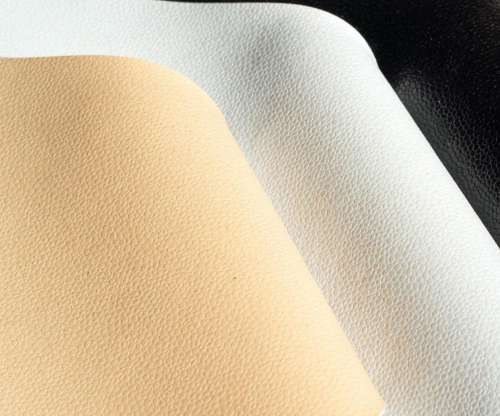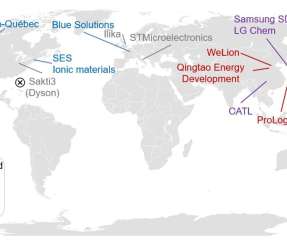Trapping Li polysulfides in a polymer matrix to improve Li-S battery performance
Green Car Congress
JULY 19, 2015
To overcome the challenge of soluble polysulfides as charge/discharge intermediates in Li-S batteries, researchers at the University of Texas at Austin, with colleagues at Murray State University, have designed highly crosslinked polymer-electrolyte coating layers with electron-donating groups to bind the polysulfides. De La Hoz, Kevin M.





































Let's personalize your content